According to the Collaborative for Academic, Social, and Emotional Learning (CASEL), social and emotional skills are an important part of how students “acquire and apply the knowledge, skills, and attitudes to develop healthy identities, manage emotions and achieve personal and collective goals, feel and show empathy for others, establish and maintain supportive relationships, and make responsible and caring decisions.” There are myriad ways you can incorporate social emotional learning (SEL) throughout physical education class and at recess.
Physical education enables students to practice the five core competencies of SEL as defined by CASEL: self-management, relationship skills, responsible decision-making, social awareness, and self-awareness. Consider choosing a specific SEL competency to focus on during each class period. Make sure to comment on student successes in those areas and emphasize activities that help them to practice the skills involved. Take advantage of activities, educational games, videos, and webinars created specifically to emphasize SEL.
Here are some ideas to help you include activities related to the five core competencies of social emotional learning in your physical education class.
Self-Management
Teach your students the concept of Spirit of the Game (SOTG) and what it means. One idea is to show your students a brief video of an athlete or sports figure who exemplifies this concept. For example, I have often used the video below about Peyton Manning to aid in teaching. Once the video is over, have a short discussion with your class about what they saw and felt.
Relationship Skills
Help students learn to celebrate each other’s successes, whether they win or lose. When we as adults work with another person or collaborate, we usually acknowledge them and thank them for their time and effort. Kids do not inherently know how to do that, so it’s up to us to teach them. This free webinar about celebrating student successes is a great source of easy-to-use ideas to add fun, laughter, and acknowledgment to your classroom atmosphere.
Responsible Decision-Making
Give your students the opportunity to participate in team-building activities. One simple and fun activity is called Duct Tape Descent.
Directions for Duct Tape Descent:
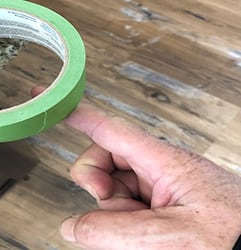
- Organize students into groups of 5-6 and give each group one roll of duct tape or other similar tape.
- While standing, each student places one index finger sideways on the bottom of the duct tape roll.
See image for an example (there will be 5-6 fingers holding up the roll).
- Starting position for the roll of tape is between the waist and chest level of the group. A teacher or staff helper is recommended to get the activity started.
- Once all students are touching the roll, instruct them to cooperatively lower it onto a designated spot marker or cone. If ONE person’s finger is not touching the roll at all times, the group must go back and start over.
In my experience, this activity is harder than it looks. Often on the first try, groups rush or move the roll of tape too fast, during which someone’s finger inevitably comes off. This provides a great opportunity for students to evaluate and make decisions as a team. Include a debrief at the end of the activity and encourage students to discuss what they learned.
Social Awareness
Encourage empathy and understanding of other perspectives among your students. This can be another opportunity to present real-world examples of individuals who embody compassion. Another powerful video I like to use tells the inspiring story of a bullied student who decided to make a change that ultimately had a dramatic impact on his life and the lives of his fellow students. Stories like these can open the door to deeper discussions in your class on social awareness and understanding the perspectives of others.
Self-Awareness
During my teaching career, one of the activities I liked to do at the end of physical education class was a quick self-assessment or check for understanding. This can cover a concept or skill you taught that day. In this case, it involves educating your students about self-efficacy related to self-awareness and SEL. One way to do this is through an activity called Light Bulb Moment.
Directions for Light Bulb Moment:
- Draw a lightbulb on a piece of chart paper or a whiteboard and hang it in your gym or classroom.
- Pass out a sticky note and pencil to each student.
- At the end of class, ask your students this question: “What light bulb came on today about yourself?” Instruct them to write one positive thing about themselves on why they were successful that day, or how they persevered and handled the challenges of the day. Most importantly, remind them to think positively of themselves.
- Once the students are done, they can stick their notes to the lightbulb and head out to their next class. Light Bulb Moment can be a very powerful tool for you as a teacher to see where your students are at and what they got out of a lesson.
Social emotional learning is vital to help students gain the confidence to explore, grow, and succeed. SEL concepts can and should be encouraged in every learning space. Physical education class offers a unique setting for students to participate in many hands-on activities to help guide them through their SEL experience and development into adulthood.
Mike Smith
Mike brings 19 years of experience teaching K–12, district and state instructional committees, plus 4 years teaching in higher education and 7 years as a Colorado Department of Education consultant and national presenter. He has served on various Physical Education organizations and boards. With this varied background to share, Mike is often invited to present at national, regional, state, and local conferences.
Read more by Mike Smith–>

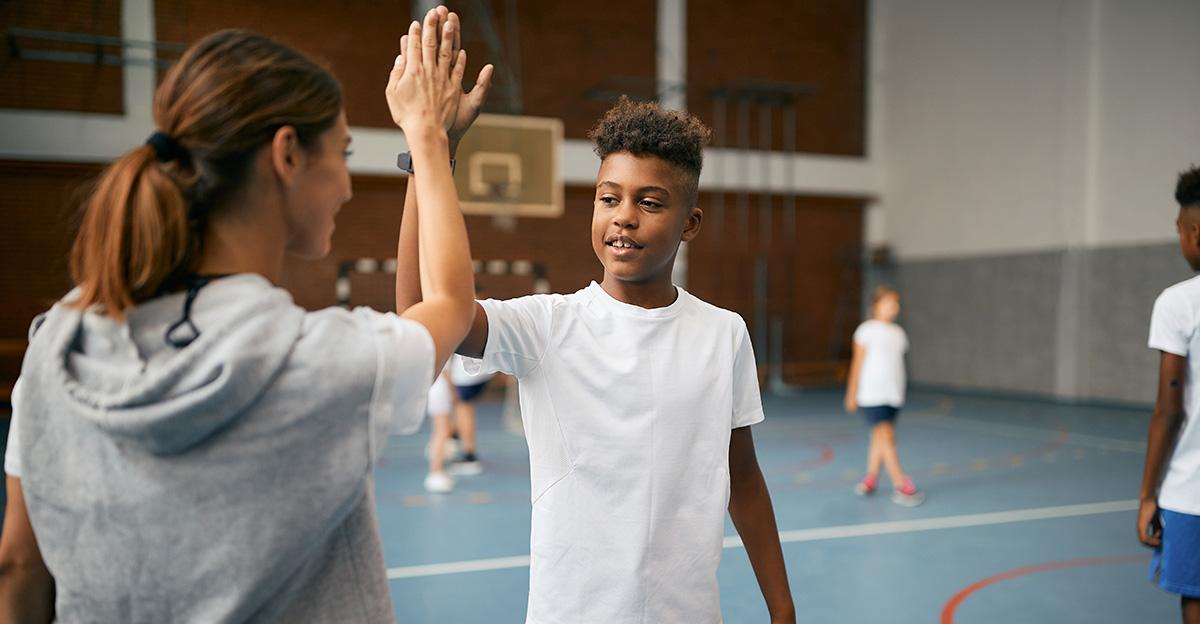

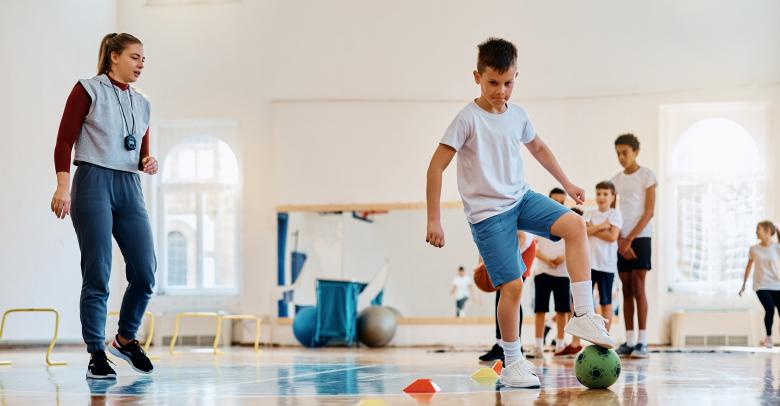
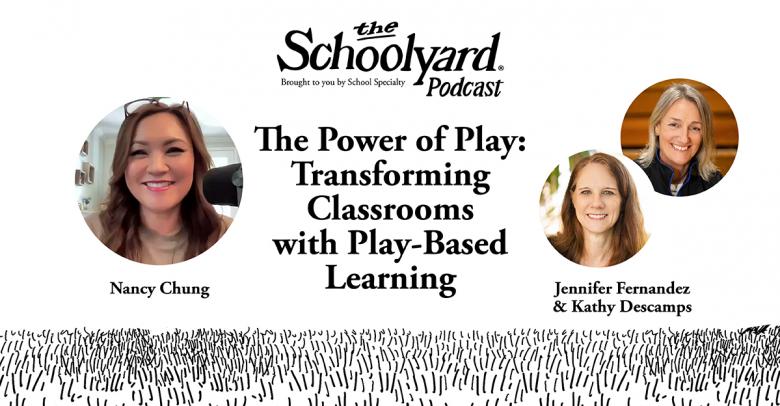
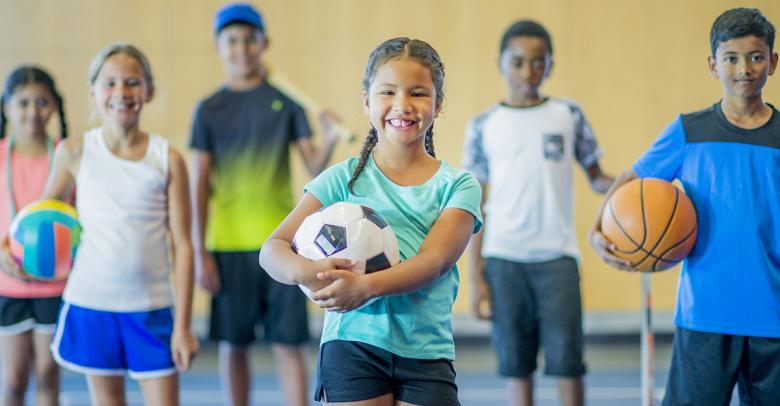
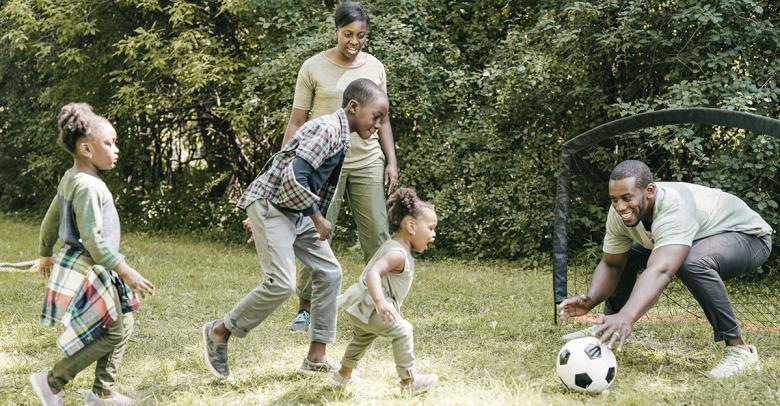
Leave a Reply